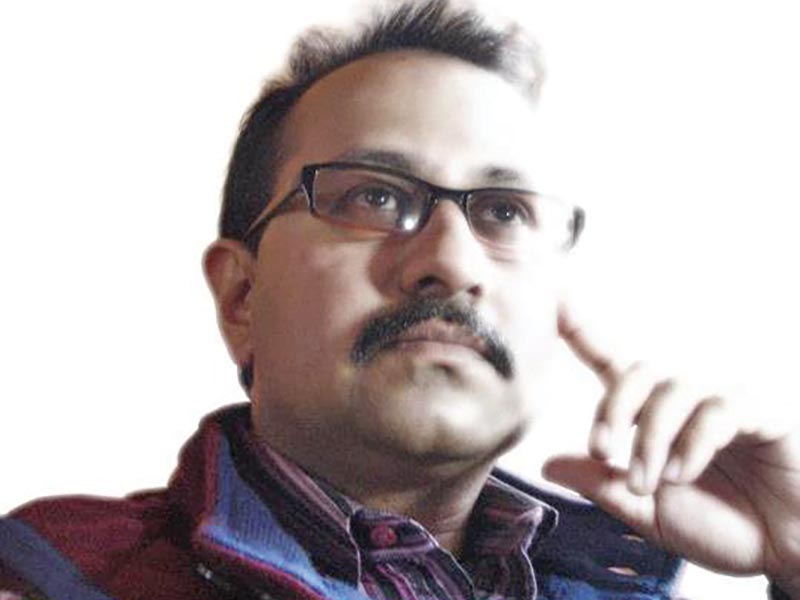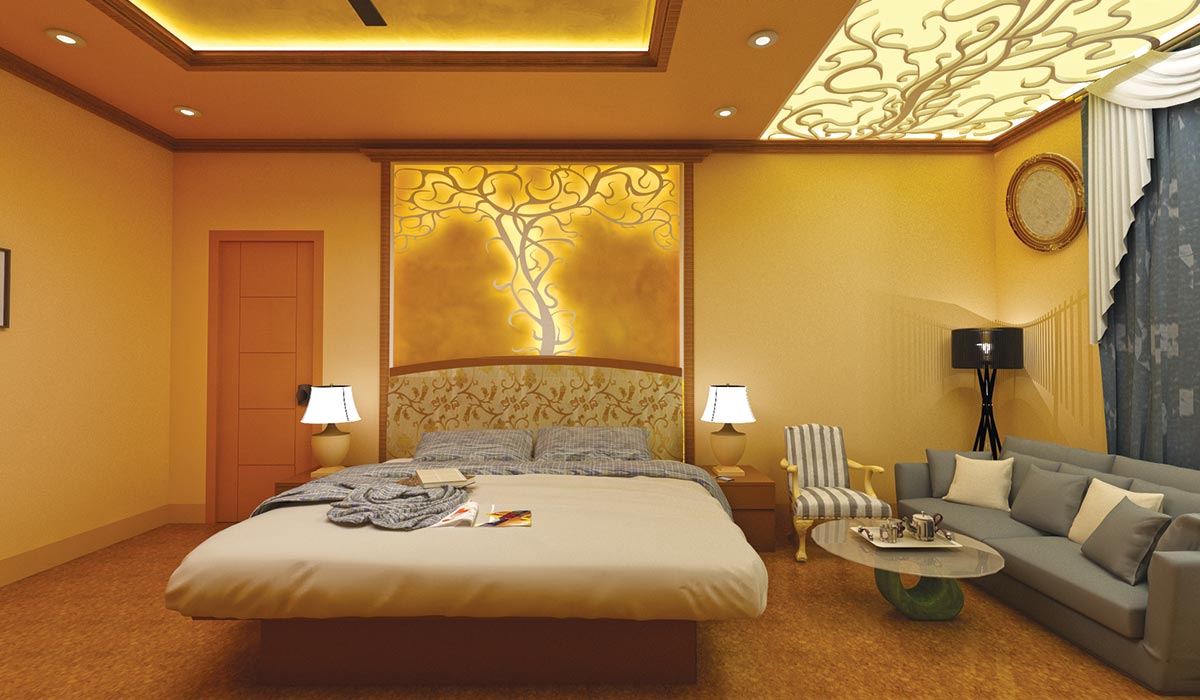
Architecture and design of buildings in India is not changing at all. Global scenario has gone past our perceptions. We are merely trying to incorporate the new technological advancements of the global construction industry. As architects we are not innovating. Designs are still primitive. Planning of spaces is still rudimentary and does not take up the challenge of the present and future lifestyles. Whereas in the global scenario architects have been the reason why the new technologies were forced to take birth or evolve into something that was unfathomable say five years back. We are following the innovations of the world, not leading them.
The software revolution of the world is yet to be understood in the Indian scenario.
We still look upon BIM and other software as tools to meet our needs faster, and in a more efficient way than before. But this revolution was meant to change how architects look at design as a whole. From the drafting table to the computer and now into another dimension, is what should have happened smoothly and naturally. But architects still alienate from the software and limit them to 3-D visualizers, or sub-consultants.
Construction in itself is anti-environment.
Traditional materials should never make a comeback, as they dissipated from the industry because they became unsustainable in many ways. Brick, stone are materials that are non-renewable in a way and sometimes consume a lot of embodied energy before reaching us. They also deplete beyond repair what was once our natural capital. If architects in the name of shunning glass and steel try to bring back mud, brick or timber in the industry, it would be criminal in its own way. Any material is good, if the energy used in its production, transportation and use is less than its alternative. So, in today’s times, if brick causes more damage to the environment than steel, then steel must be preferred, even if it is not cent percent good. Construction in itself is an anti-environment concept, so trying to prove that it can be made harmless in any way is a lie. We must choose technology and material after analyzing the overall context and the least damage it would bring to the ecology. There are no fixed rules.
Materials and technology must be congruent with each other.
Just as the materials must respond to the overall context of their use, so must the technology that is being proposed. Both must be congruent with each other and try to reduce the damage by making the building more efficient. If they respond to the climatic loads, if they respond to the spatial needs and if they leave a minimum carbon print on the ecology, they are right in their use. It’s an architect’s job to do this detailed analysis from each project.
 Residence in Civil Lines, Delhi
Residence in Civil Lines, DelhiThe challenge for architects in India is adaptability to the global revolution.
The biggest challenge that practicing architects must foresee, and that the architecture profession and education faces in India, is adaptability to the global revolution. From professional practice to architecture education, we have not evolved in the last two decades. We still follow the old ways and refuse to truly upgrade ourselves. Fresh graduates fail to find employment easily, despite the growth in the construction industry, because they are still being taught the obsolete part of architecture. This is not only affecting the architecture industry in a big way, but also negatively impacting the construction industry by alienating the architects from the mainstream profession. In the coming years, this will damage the architecture of India and would also make architectural practices completely discarded.















